IN CONVERSATION WITH:
ALEXANDER KOMENDA
ALEXANDER KOMENDA
(29.10.21)
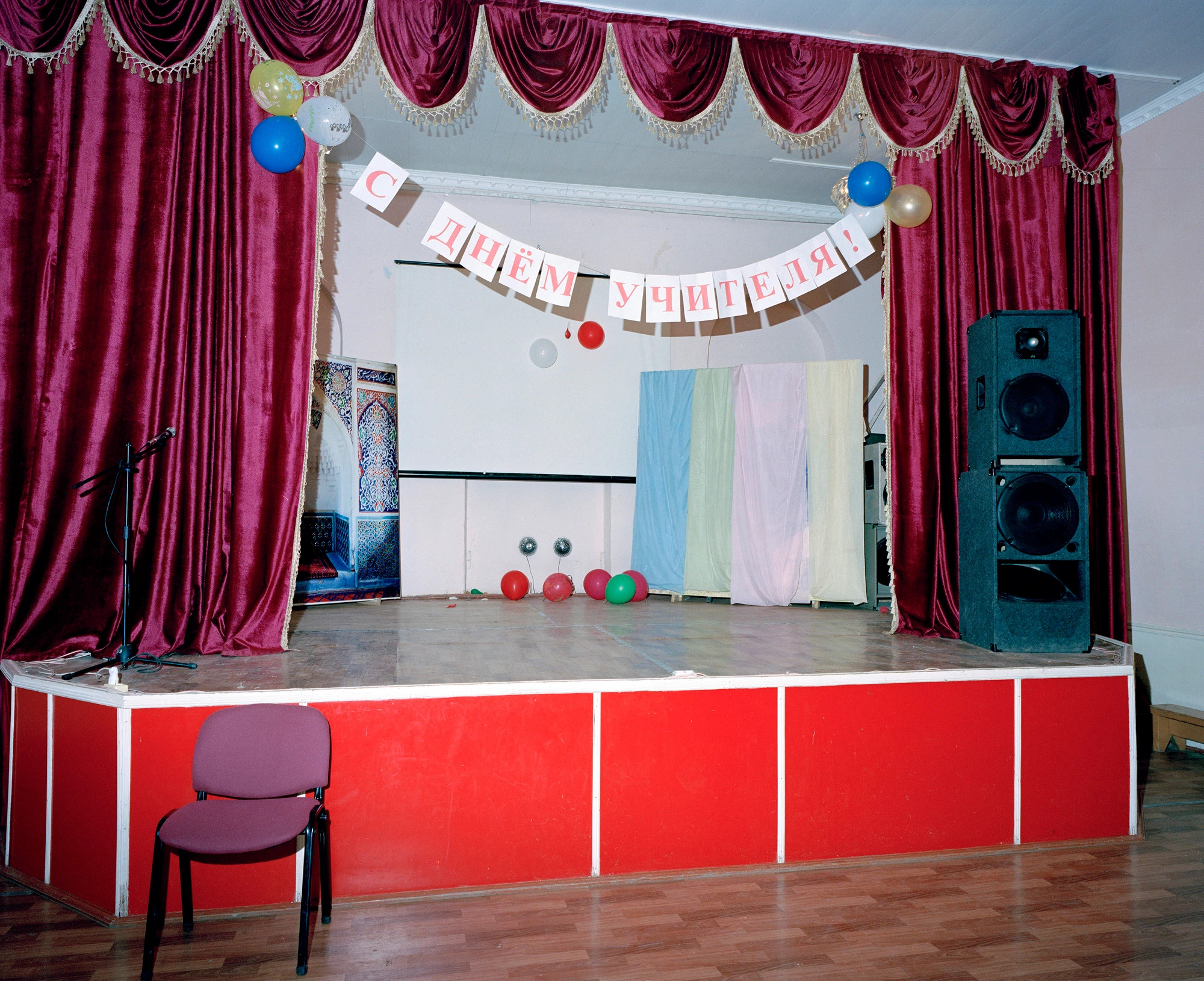
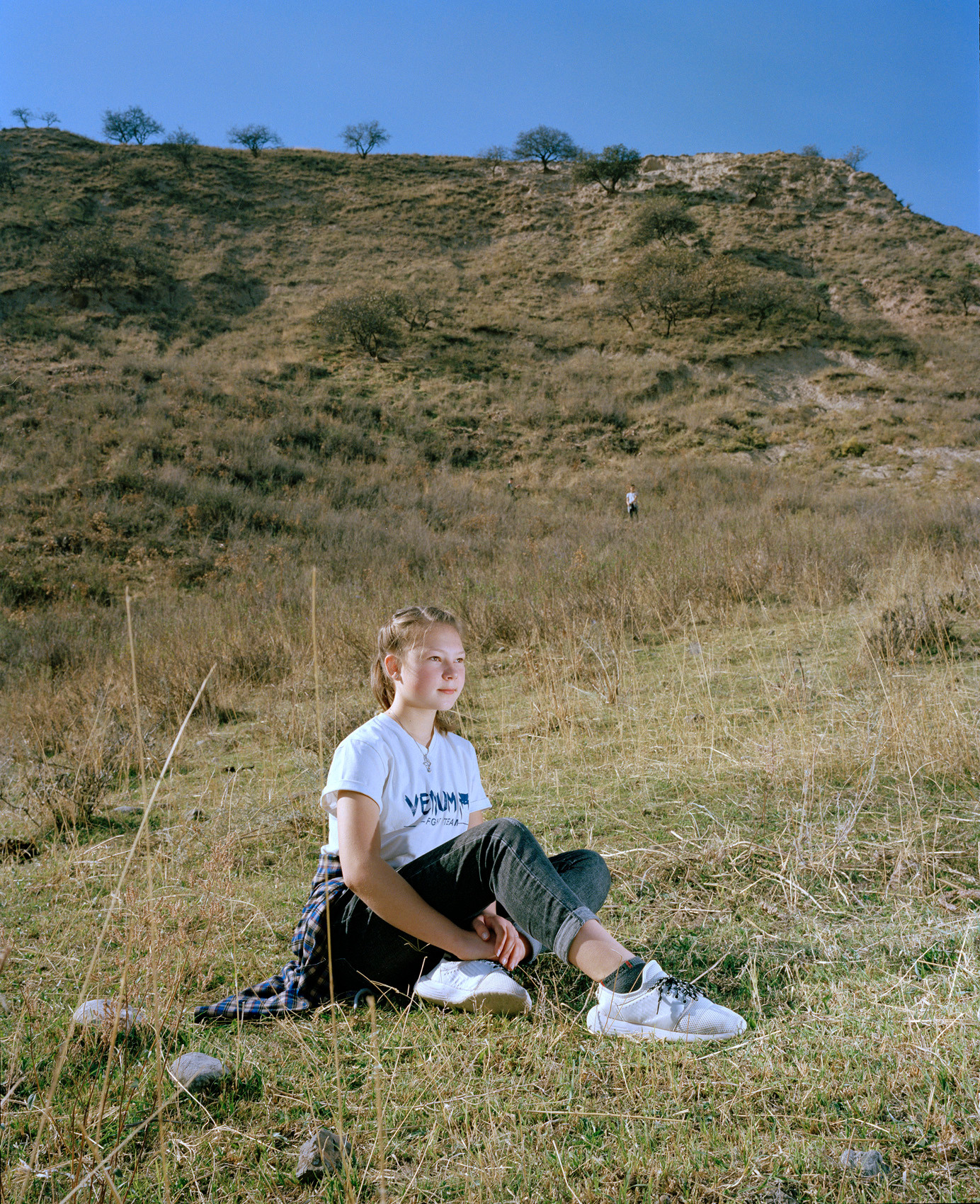


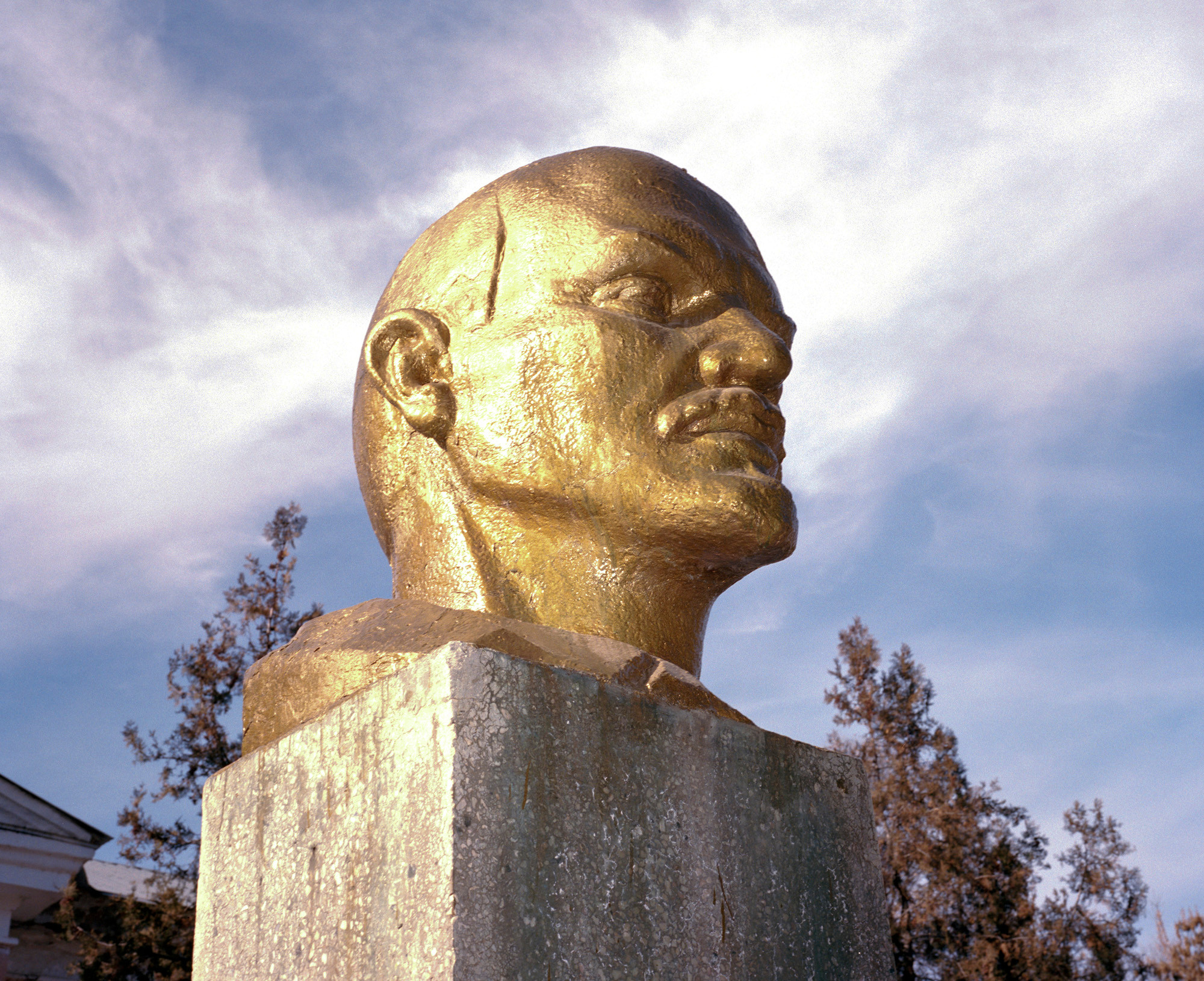

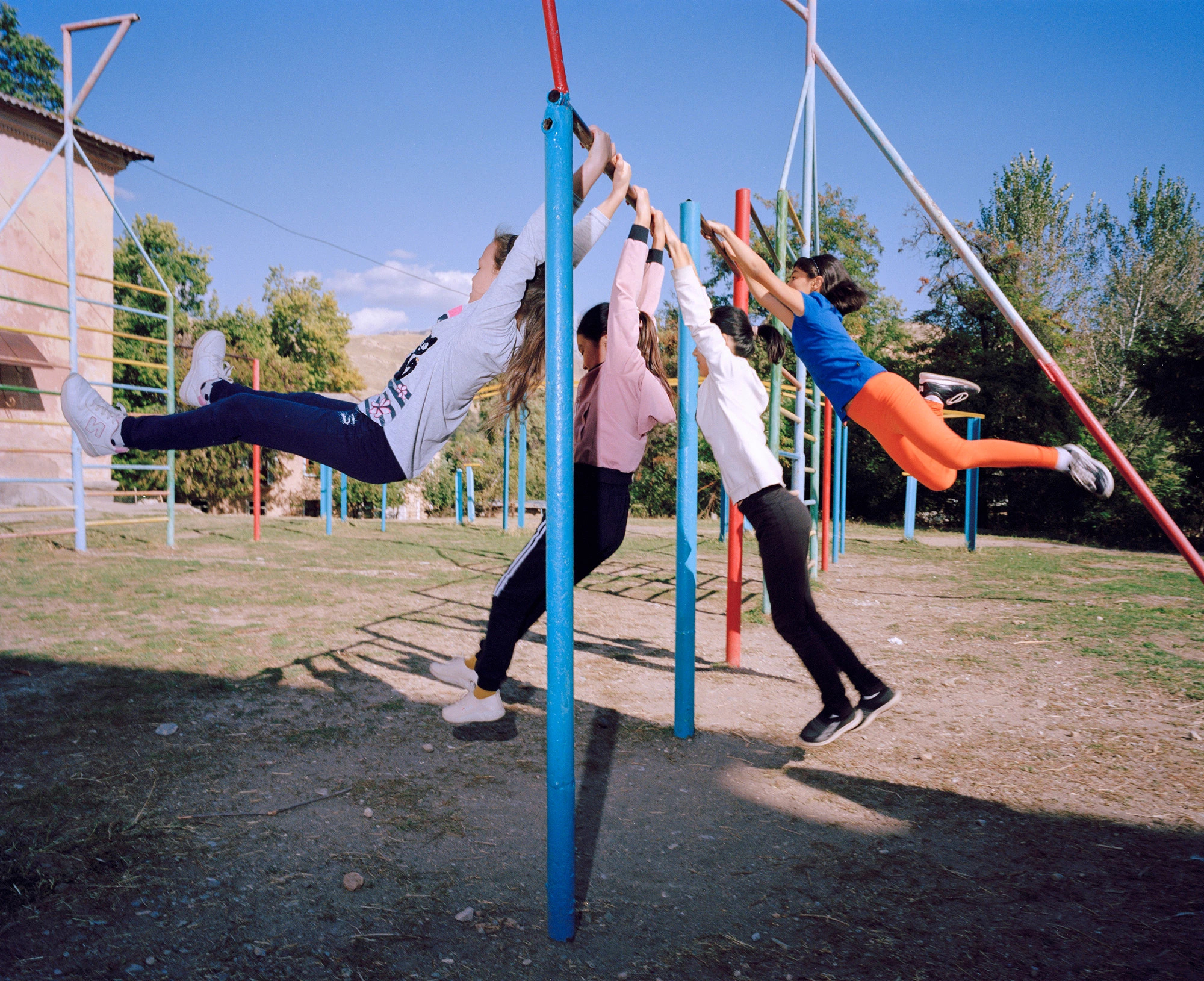

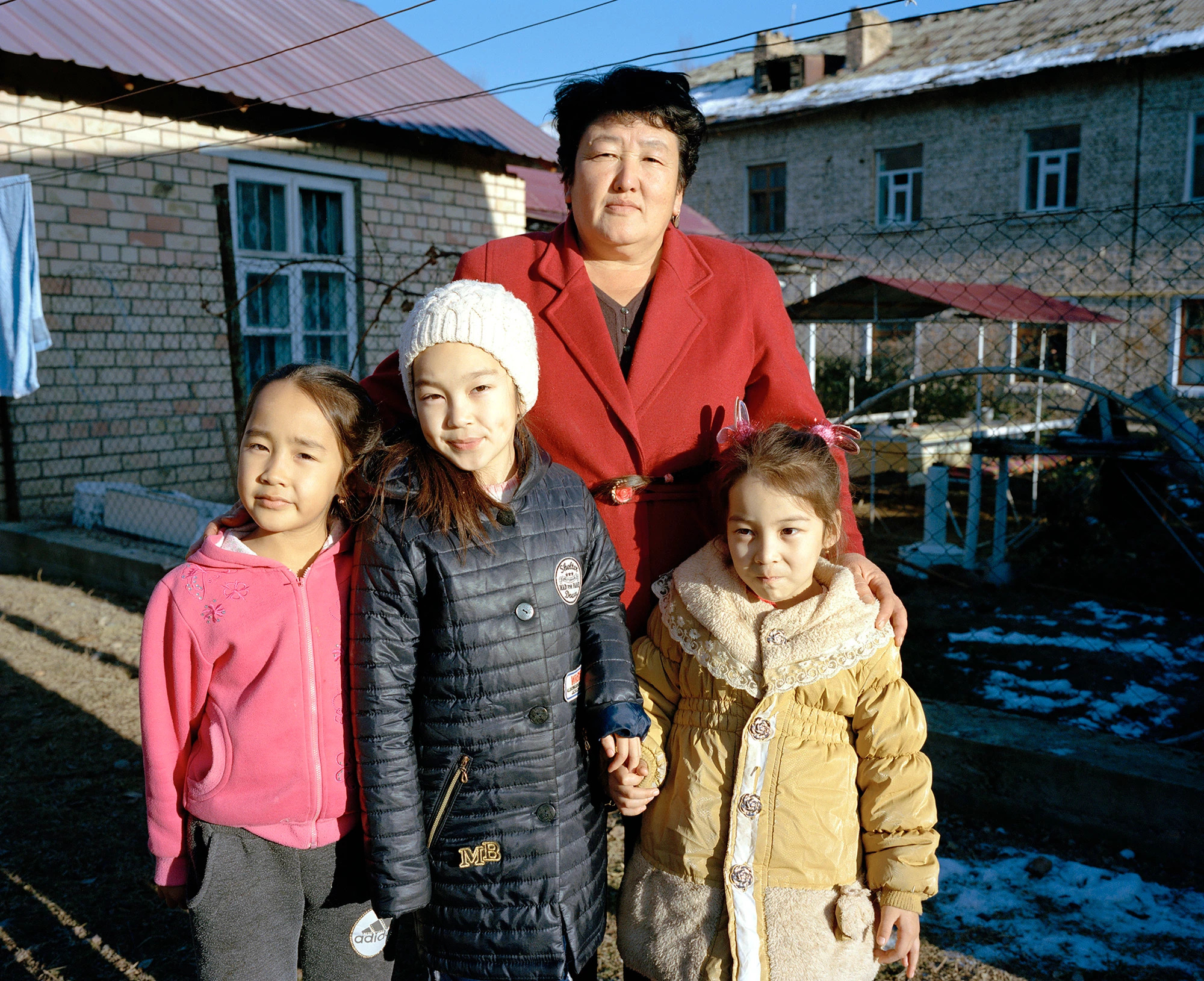
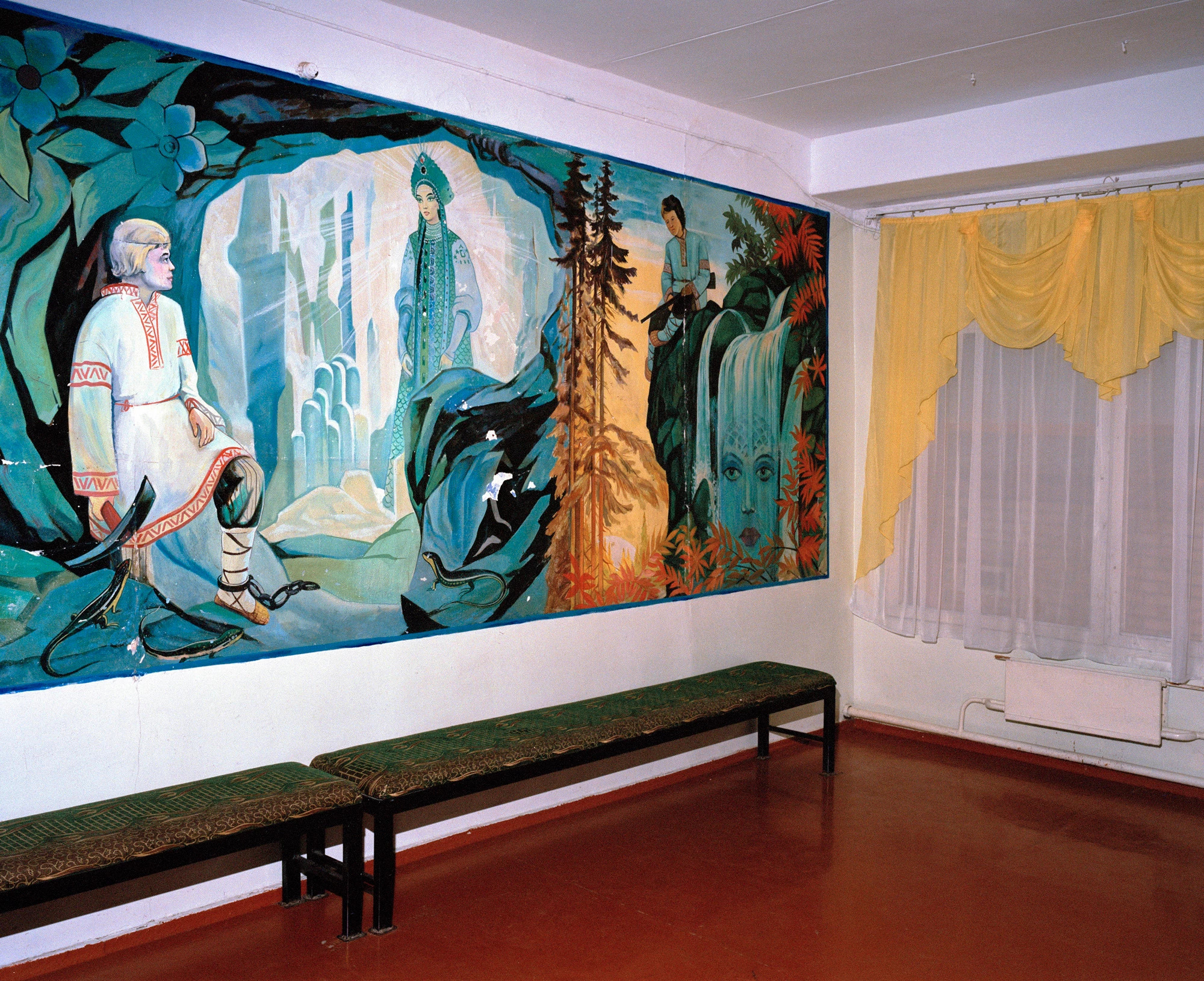
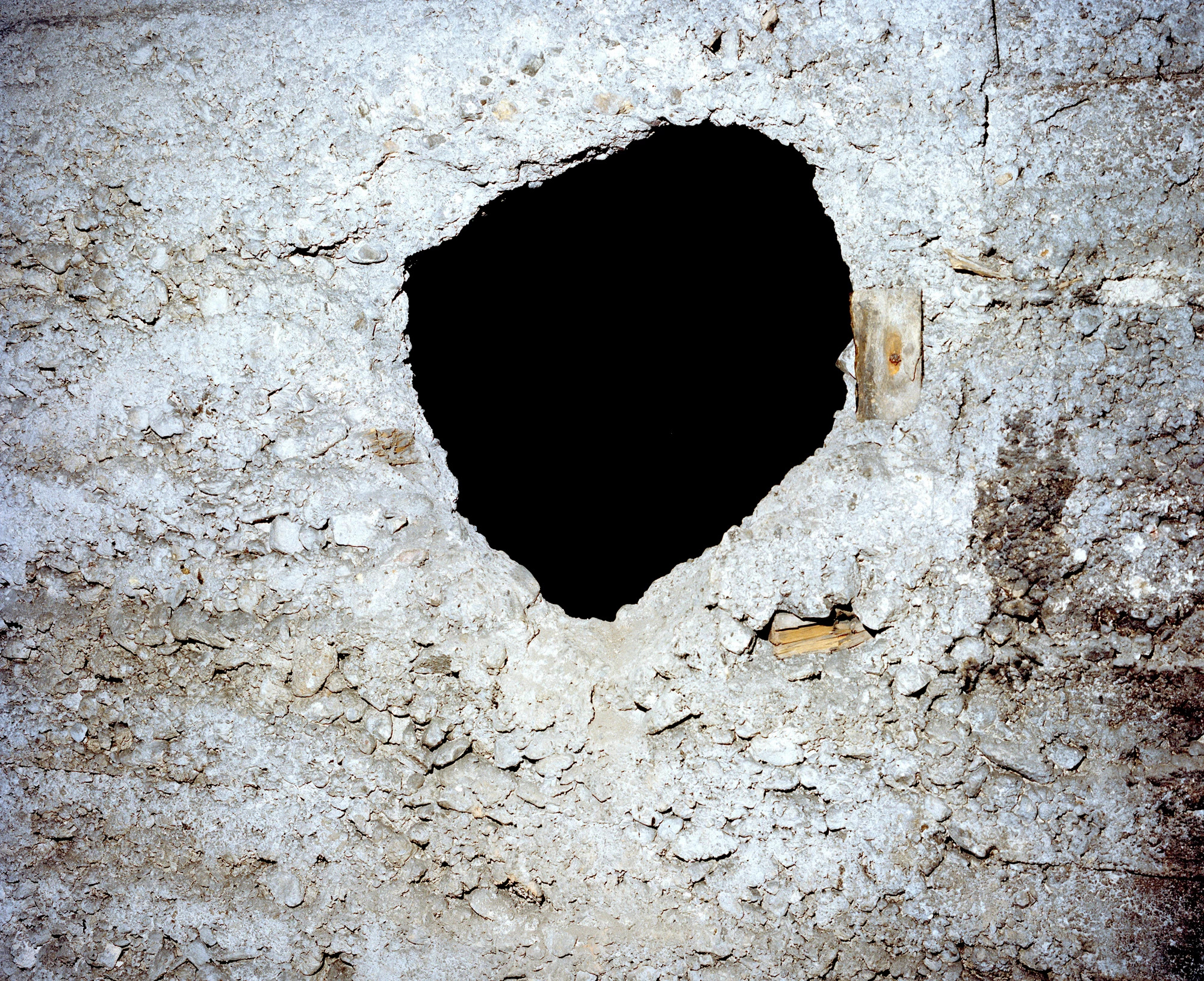
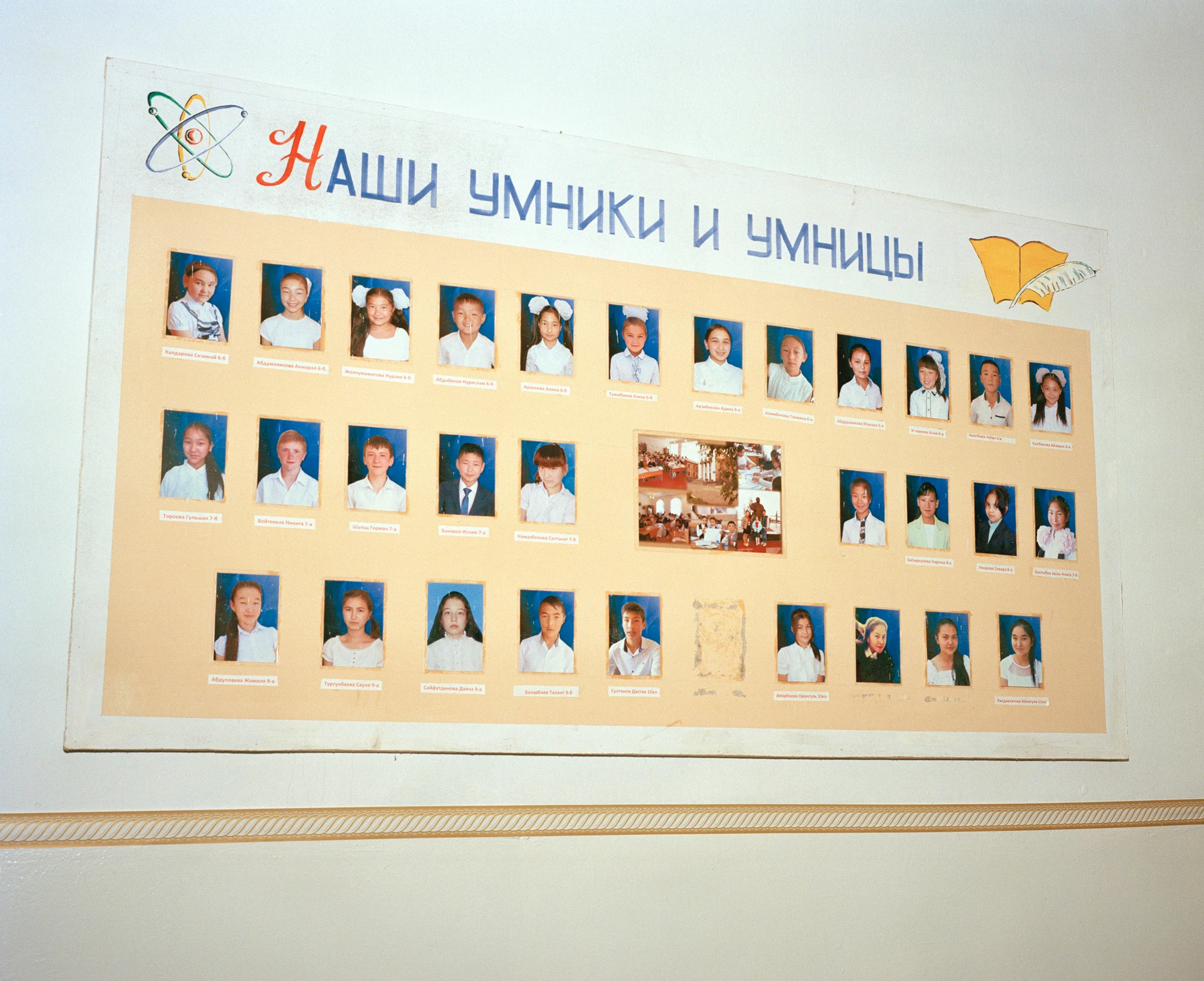


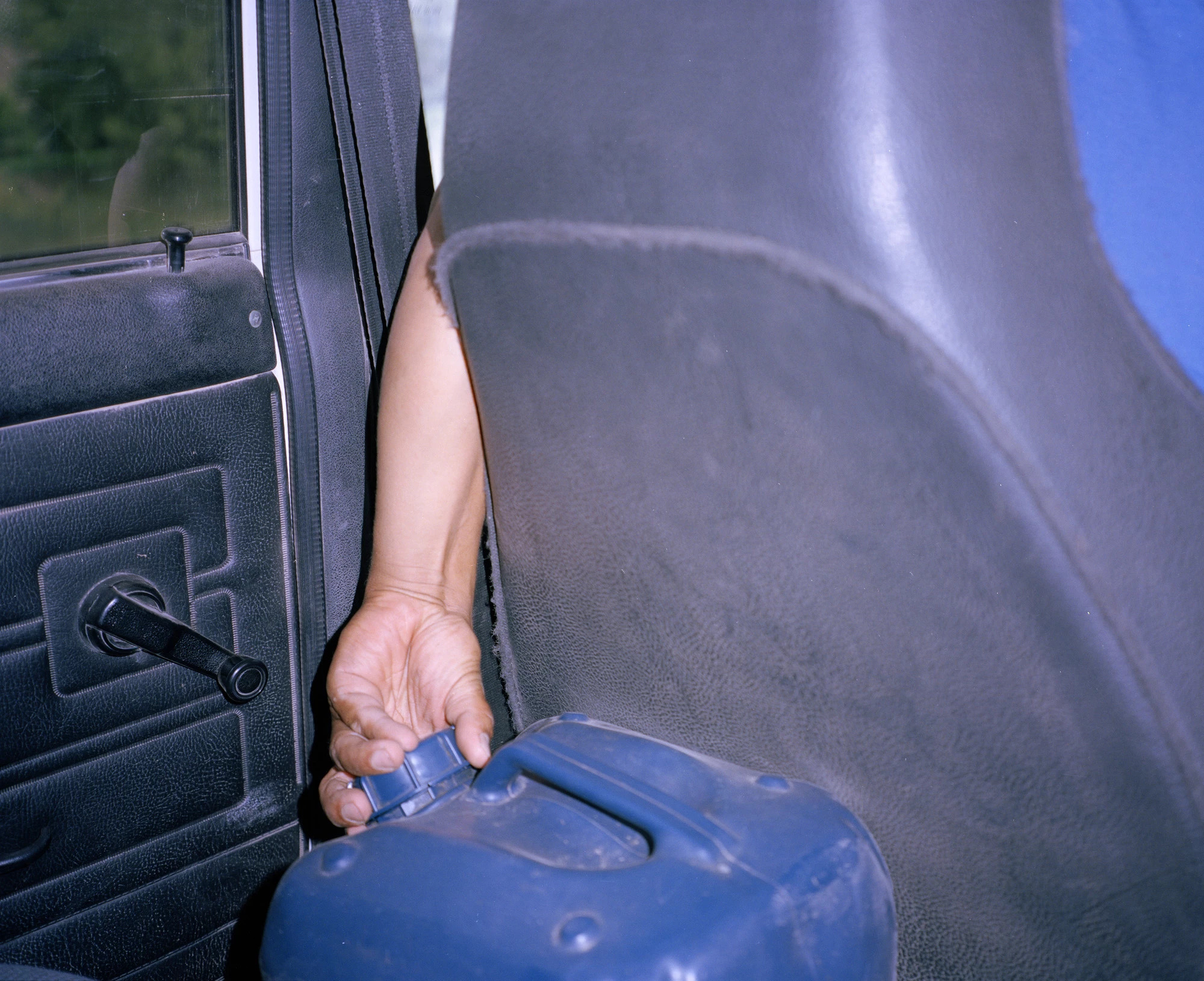
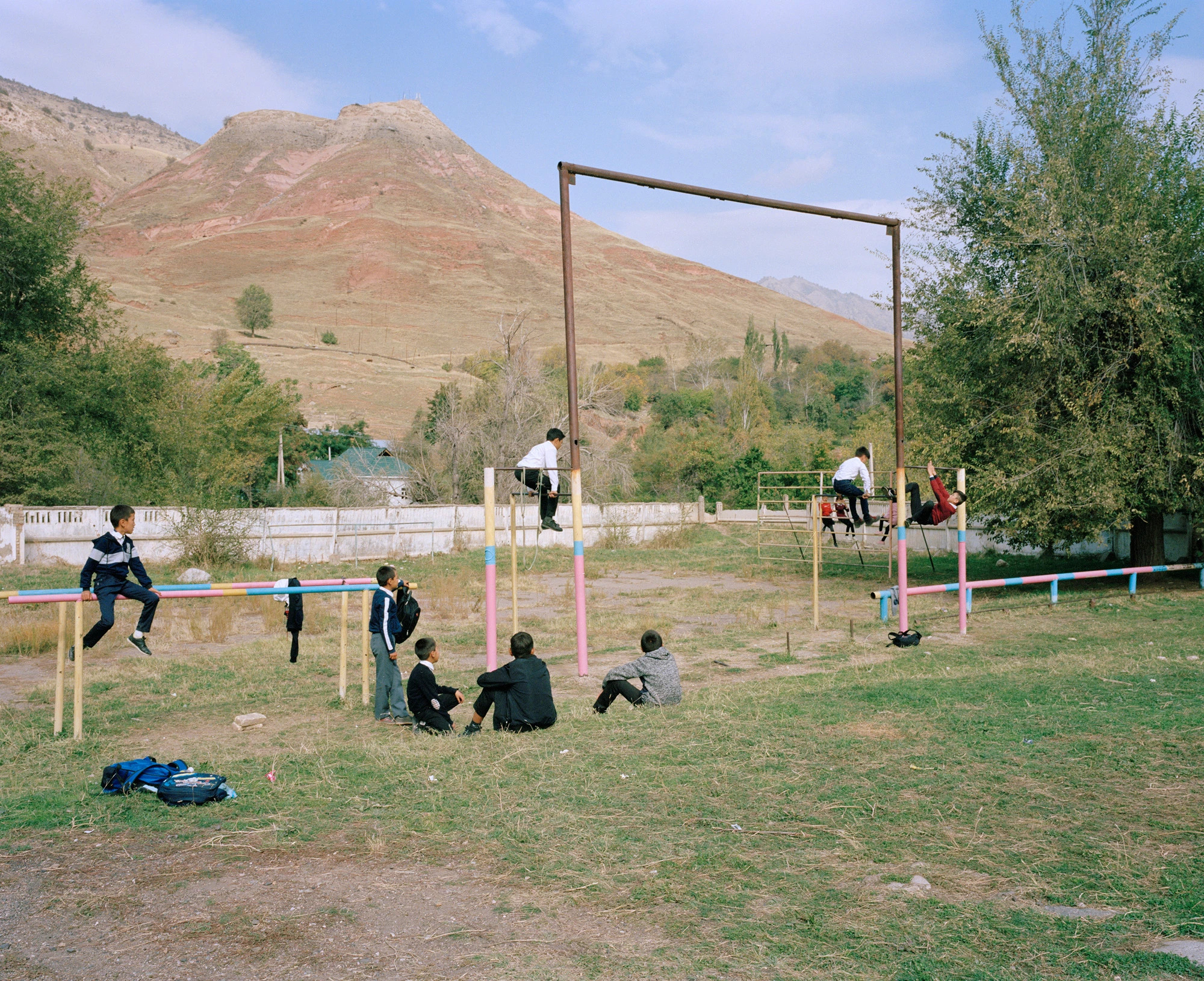

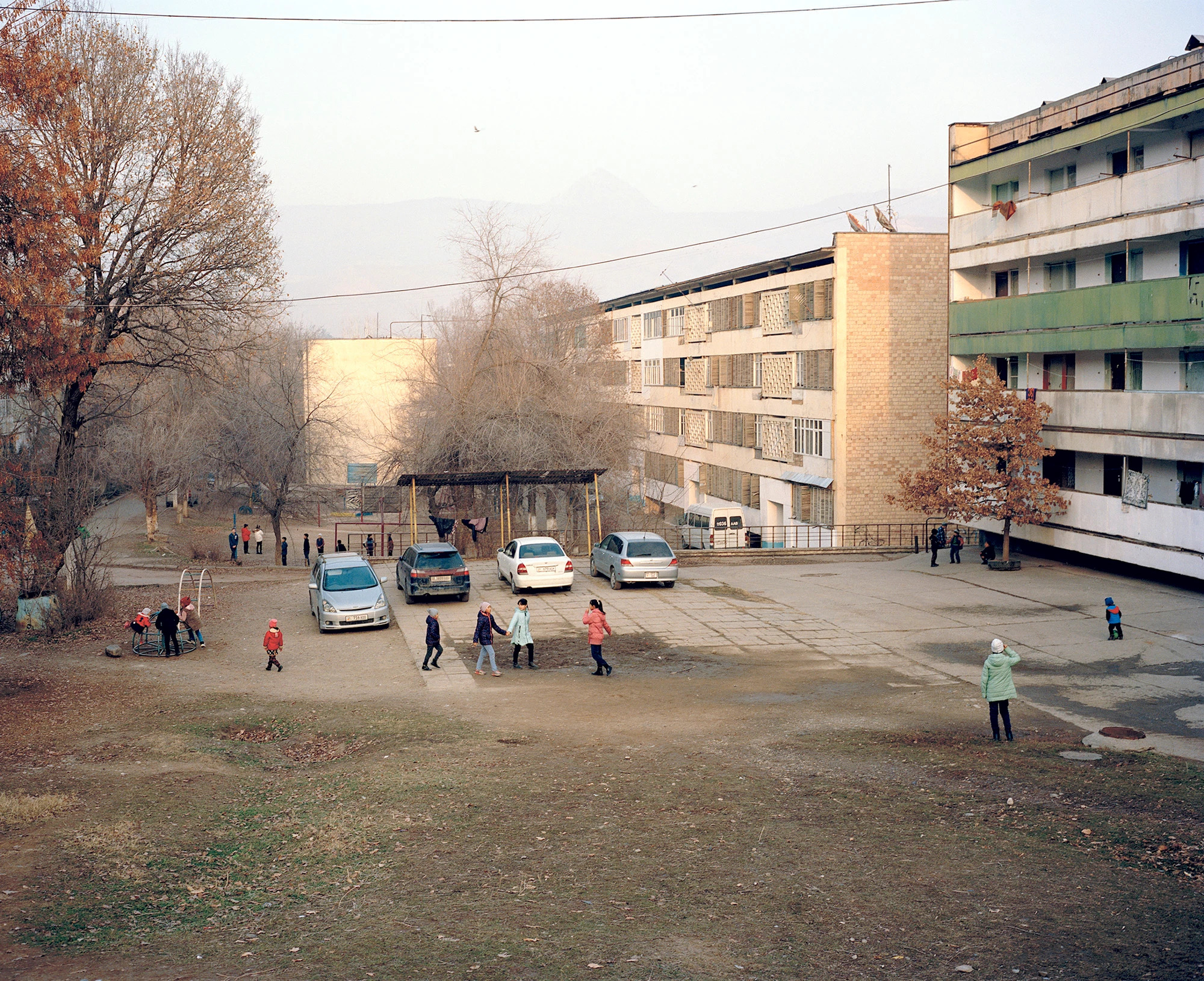
In Conversation with Adrian J. Song
Adrian Song: Your project Jove’s Palace deals with complex issues concerning a town in Kyrgyzstan with a history of uranium ore mining. Unfortunately it’s led to major consequences that continue to impact the community, as well as the surrounding environment. I'm a big fan of your choice to highlight narratives that lean towards the vernacular, the slice of life. Did you have an idea of how you were going to approach the project before arriving in Mailuu-Suu?
AS: It must have been a challenge to find that balance in your storytelling.
AS: What motivates you to photograph?
AS: It's a precious thing, this excitement you have. That you acknowledge that part of why you take photographs is to celebrate these connections you've made with the world, to give back somehow.
AS: Speaking of exchange, you stress that dialectic is a key component of both your professional and everyday life. Were there significant moments that informed this perspective?
AS: I too find conversations nourishing - in that they ground me, connect me, surprise me. It’s a situation where collective experiences, perspectives, personalities, moods etc. are able to come together in unfathomable ways. Do you feel you're trying to capture a similar essence in your photography projects?
AS: Your project ‘Tiramisu’ emphasises the active participation of the subjects portrayed in your images. What did you discover through doing this work?
AS: Photography is one outlet, what other ways do you feel yourself being inspired at the moment?
AS: It's been such a pleasure Alexander. What are you working on right now and what do you have planned for the future?
︎
Alexander Komenda’s (b. 1992) work aims to reveal the multi-faceted nature of everyday life: to form a dialogue in a given community with care, tenderness and humility. The complex interweaving relationship between community and environment is a recurring motif in his works. Contemporary documentary photography strategies involve placing oneself’s practice somewhere between fact and fiction, whilst retaining classic candid and observational approaches. Exploring themes such as psychology, marginalisation, externality, colonisation and youth; all culminating in observational and performative documentary narratives. The key is engaging dialectically with subjects - dignifying their presence and incorporating their input to shape their stories; maximizing their participation in the work. This approach is equally if not more important off camera, to engage whole-heartedly and help establish a dignified sense of rapport. Much of his interest lies in topical issues, largely geopolitically rooted, intersecting with historical, mythological and philosophical themes; and how they are manifested in the quotidian.
To see more work by Alexander Komenda, visit - Website / Instagram
︎
Alexander Komenda: I had spent a lot of time in Kyrgyzstan since 2016, which eventually led to the genesis of the project. There was a large amount of research that went into the work prior to visiting Mailuu-Suu, ranging from geological surveys to socio-economic data as well as Soviet era Kyrgyz films; which all factored in regarding the representation of such a complex geopolitical topic. Although these ideas and figures informed my practice and helped in defining the wider arc in the narrative structure, they also functioned as starting points. It’s important to remember the value of shared lived experience with the individuals who are the protagonists in the story, which explains the emphasis on the vernacular. The protagonists occupy the central position. The remaining information provides the backdrop even as the story evolves. Paradoxically, the spontaneity that shapes interesting situations also end up creating the images that convey ambiguities to round off the story in a holistic manner.
AS: It must have been a challenge to find that balance in your storytelling.
AK: Yes, this was a pain-staking process, also given this is not my story, simply my take on it. It’s tough to puzzle together all the experiences with the facts, and to counterbalance them all in a way that doesn’t push some heavily politicized agenda. I believe the quotidian serves as a healthy, quieter reminder. I understand that I am far from neutral. If people respond with thoughts and feelings to what they see, whilst remaining aesthetically pleased or even entertained, then my mission is successful.
AS: What motivates you to photograph?
AK: Firstly, I am fascinated by the visual world, by story-telling and how images instigate emotional or thought-provoking responses. I gravitate greatly towards nuance and subtlety, and perhaps photography is a remarkably apt art-form that blurs lines whilst keeping one foot in the world of lived experience.
I photograph because I see photographs everywhere, whether I photograph or not. As soon as I get my camera out I get excited about the world, about life; with the camera by my side there’s never a dull moment. Photographing experiences, friendships, stories, whatever the reason or ambition, big or small, I can’t help but to always strive to keep my sword sharp, and the giddy feeling always returns when in search of something special.
Yet I still feel as though I haven’t answered this question, and in this feeling perhaps is where the answer truly lies, in the enigmatic nature of photography; the magical mystery being the primary driving force to photograph.
AS: It's a precious thing, this excitement you have. That you acknowledge that part of why you take photographs is to celebrate these connections you've made with the world, to give back somehow.
AK: Absolutely. It’s a passport, a bridge, it’s a tool that allows you to bond and connect with people and the world around you in ways you wouldn’t expect. There always seems to be something new in store. It seems to form connections in infinite ways, essentially feeling inexhaustible. It’s an exchange of sorts.
There are more tangible avenues to give back of course, giving people prints or sending them a digital copy as a thank you. It’s important to pause and acknowledge those moments for everyone involved, without getting too caught up within the absolutes of an artistic vision.
AS: Speaking of exchange, you stress that dialectic is a key component of both your professional and everyday life. Were there significant moments that informed this perspective?
AK: Not that I can recall particularly, but in general I think my greatest epiphanies have occurred conversationally or as a result of thinking out loud with somebody. And I believe it’s important to stress the dynamic of one to one, or no more than four perhaps, the maximum number where the dynamic can remain truly intimate in my opinion, beyond that it can begin to fragment. I am somebody who really thrives on conversations, it is one of my most sought after fuels for creative endeavors.
AS: I too find conversations nourishing - in that they ground me, connect me, surprise me. It’s a situation where collective experiences, perspectives, personalities, moods etc. are able to come together in unfathomable ways. Do you feel you're trying to capture a similar essence in your photography projects?
AK: I believe so, to some extent. Of course it still remains my point of view, my perspective and my take at whichever direction I decide to point the lens. Like you mentioned, this process of creating a collective memory, it’s something that happens through the act of photographing people.
For me a conversation is the ultimate, everyday collaboration. It’s where all great things begin. It starts with dinner, then somebody pulls out a bottle of liquor perhaps, then we go to the store, I buy the only balloon in the store that happens to be aesthetically enticing and finally we end up in an apartment doing a photoshoot with it. It may sound incredibly banal, or even naive, but perhaps, this child-like naivete is where the unique spur of emotion can be rendered authentically through the lens.
However, there is no formula. One day it works as such, the other it is much more straight-forward, asking somebody to honour their presence through a portrait. The next morning it’s a simple stroll in the neighbourhood. Whether you see it, feel it through the image, or not - to me, some of the images that have felt the most fulfilling are those that underwent a participatory process, big or small.
AS: Your project ‘Tiramisu’ emphasises the active participation of the subjects portrayed in your images. What did you discover through doing this work?
AK: This project reminded me how you can essentially make work about anything, and that stories are quite often right under your nose. It was an exercise in seeing what was closest to me without stepping onto an airplane. It wasn’t a heavily researched project, it was really purely about picture making in that sense. It also taught me how once again, the camera can bring people together and become the reason for all to participate in the process.
AS: Photography is one outlet, what other ways do you feel yourself being inspired at the moment?
AK: Photography is the primary outlet. I also dabble with writing too, and how to combine it with still images; something that I’m still working on. I’m greatly inspired by music of course, particularly hip-hop contemporaries such as Roc Marciano and Mach-Hommy.
AS: It's been such a pleasure Alexander. What are you working on right now and what do you have planned for the future?
AK: I’ll be wrapping up a short project quite soon from the summer, that touches upon Polish migrant workers in a kitchen. I’ll also be heading to southern Kyrgyzstan in mid-November to start a larger body of work that looks at the history of interethnic conflict in this region. That’s more or less it for now. Thank you for reaching out and for this opportunity to share my thoughts.
︎
Alexander Komenda’s (b. 1992) work aims to reveal the multi-faceted nature of everyday life: to form a dialogue in a given community with care, tenderness and humility. The complex interweaving relationship between community and environment is a recurring motif in his works. Contemporary documentary photography strategies involve placing oneself’s practice somewhere between fact and fiction, whilst retaining classic candid and observational approaches. Exploring themes such as psychology, marginalisation, externality, colonisation and youth; all culminating in observational and performative documentary narratives. The key is engaging dialectically with subjects - dignifying their presence and incorporating their input to shape their stories; maximizing their participation in the work. This approach is equally if not more important off camera, to engage whole-heartedly and help establish a dignified sense of rapport. Much of his interest lies in topical issues, largely geopolitically rooted, intersecting with historical, mythological and philosophical themes; and how they are manifested in the quotidian.
To see more work by Alexander Komenda, visit - Website / Instagram
︎